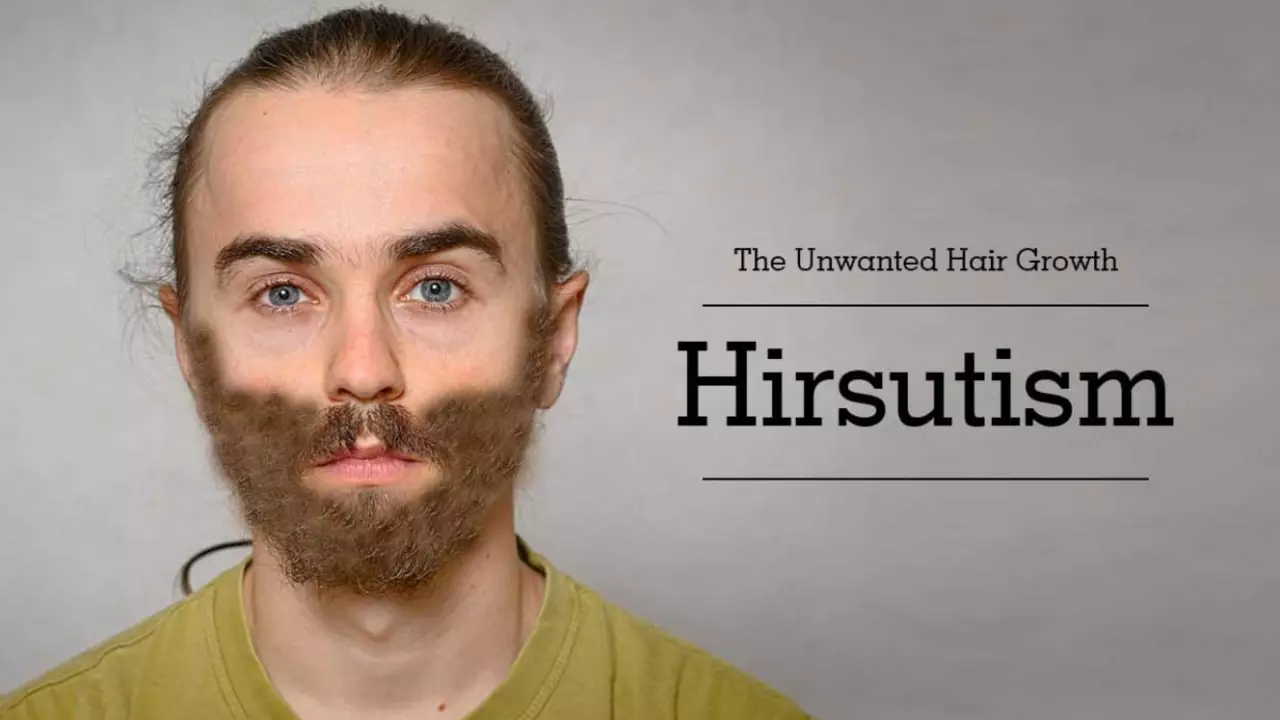Hirsutism: Causes, Tests, and Real-World Treatments
Spotting coarse dark hair where you never had it before can be alarming. Hirsutism means extra male-pattern hair growth on a woman's face, chest, or back. It's a symptom, not a diagnosis - so the first step is figuring out why.
Common causes include polycystic ovary syndrome (PCOS), high testosterone or DHEA-S from adrenal issues, certain medications, and rare tumors. Weight gain and insulin resistance can make PCOS worse; that explains why medicines that help insulin, like metformin (Glucophage), sometimes reduce hair growth.
Basic tests are simple: a blood panel for total and free testosterone, DHEA-S, and fasting glucose or A1c if insulin resistance is suspected. Your doctor may order pelvic ultrasound to check for ovarian changes. If levels are very high or symptoms start suddenly and rapidly, the clinician will look for adrenal or ovarian tumors.
Treatment choices that actually work
Treatments fall into two groups: slowing new hair growth and removing existing hair. For slowing growth, prescription options include combined oral contraceptives, spironolactone, and topical eflornithine. Birth control pills lower androgens and often improve acne and periods too. Spironolactone blocks androgen effects at the hair follicle - many people see less regrowth in 3 to 6 months. Eflornithine cream can slow facial hair growth and is safe to pair with other treatments.
If insulin resistance is part of the picture, metformin can help with hormonal balance and weight, which may indirectly reduce hair. Minoxidil (Rogaine) doesn't stop androgen effects but can thicken existing hair and help with scalp hair loss linked to hormone changes.
Hair removal and lifestyle tips
For immediate cosmetic control, use methods that suit your lifestyle: plucking or waxing for small areas, electrolysis for permanent removal, and laser hair removal for larger areas - laser works best on dark hair. Shaving and depilatory creams are fine for quick fixes. Consistent weight loss, if needed, can reduce symptoms for those with PCOS.
Be realistic: medical treatments usually reduce new growth but rarely remove every hair. Combine approaches - medical therapy plus laser or eflornithine - if you want the best results. Track progress with photos and give treatments time; hormones shift slowly.
When to see a doctor? Get evaluated if hair appears suddenly, is rapidly worsening, or comes with irregular periods, severe acne, or signs of virilization (voice deepening, clitoral growth). Those signs need prompt investigation.
If you want straightforward help, start by discussing symptoms and test options with your primary care doctor or a gynecologist. Treatment plans are personal - what works depends on cause, desire for pregnancy, and how much change you want. Hirsutism is common and manageable; the right mix of tests, meds, and hair removal makes a big difference.
A few quick practical tips: keep a medication and photo diary, ask about birth control options that fit your plans, and tell your doctor about other drugs you take - some, like steroids or danazol, can worsen hair. If you're on spironolactone, read guidance about alcohol and side effects. Ask about side effects and follow up every three months until stable.
Hirsutism in Women: What Are the Common Causes?
Hirsutism in women is a condition where excessive hair growth occurs in areas typically associated with male hair growth patterns. The most common cause is a hormonal imbalance, often resulting from Polycystic Ovary Syndrome (PCOS). Other potential causes include certain medications, adrenal gland disorders, or an inherited genetic trait. It's essential to consult with a healthcare professional for proper diagnosis and treatment, as managing the underlying cause can help improve the symptoms. Remember, you're not alone, and there are many resources and support systems available for those dealing with hirsutism.

